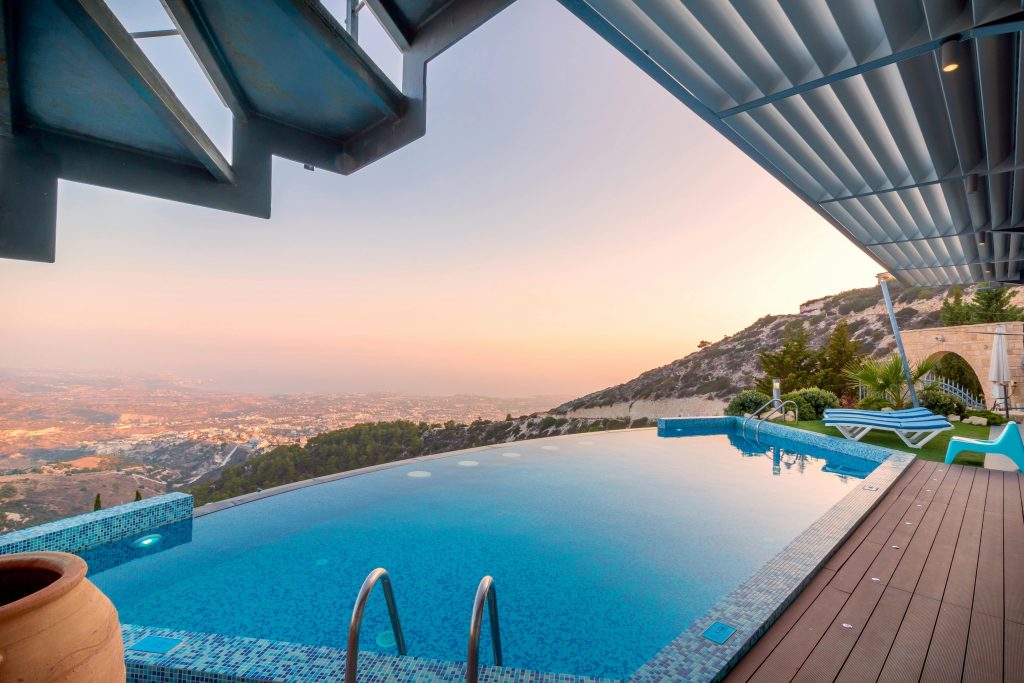The largest source of pleasure and relaxation pertains to owning a pool—but when it comes to caring for it, it’s a different story. Nothing is more inviting than a glistening clean pool; however, more than anything, clean water is a necessity, not only for safety but for health. Below are the top 10 pool maintenance tips.
This is whereby pool-cleaning
Skim pool water daily to remove leaves, insects, or any other material. Use a pool skimmer to remove big floating materials before they sink to the pool bottom. Also, brush the sides and bottom of the pool weekly to remove any algae and protect it from accumulating staining marks. Use a pool brush to remove stubborn spots, concentrating on places with low circulation.
Keep the Pool Filter Clean
The pool filter is designed to keep your pool water clean of any debris and contamination. Clean your filter regularly, as recommended by the manufacturer, which is usually about once a month. Maintenance of these three types of pool filters—sand, cartridge, or diatomaceous earth (DE)—is unique to each to ensure proper purification. Check your owner’s manual for your filter’s specifications.
Check and Adjust pH Levels
It is critically important that your pool has the right pH to result in clear and comfortable water for swimming. The ideal pH lies between 7.2 and 7.8. Test the water regularly with pool testing kits and adjust the pH levels if it drops below the ideal level using pH increases. Balance the pH to avoid skin and eye irritability and also to ensure that the pool does not corrode.
Check Chlorination Levels
There should be a certain presence of chlorine to disinfect the pool water, thereby reducing the number of bacteria and harmful algae. Test the chlorine levels at least two times a week and keep them in the range of 1.0 to 3.0 ppm. When it slightly goes down beyond the effective range, algae and bacteria will again take advantage of this, making water cloudy and unsafe.
Weekly Shock the Pool
Shocking your pool is adding an extra-heavy dose of chlorine to the water to kill any remaining bacteria and algae. You should do this once a week, after periods of heavy use, rainstorms, or if the water looks cloudy. Follow the manufacturer’s instructions on the proper amount of shock treatment for the size of your pool.
Also, regularly vacuum the pool
The debris and dirt that settle on the floor of the pool are effectively removed by frequent vacuuming. While manual mechanisms used for this task can be quite effective, the ease of pipeless pool cleaners, such as robotic vacuums, greatly simplifies the process, making it much easier and significantly faster. Although pools can be vacuumed whenever you should try your level best to do so at least once a week to ensure the water remains clear and clean.
The water line is consistent
Obviously, the level of water in your pool will fluctuate due to evaporation, splash out, and backwashing of equipment. Check it regularly and keep it at the middle of your skimmer for proper filtration. When it is too low, the pump could run dry and get damaged. When it is too high, the skimmer may not work correctly.
Balance Hardness Calcium
Calcium hardness is the amount of dissolved calcium in the pool water. The ideal range lies between 200 and 400 parts per million. Little calcium will lead to corrosive water, which will damage the pool surface and equipment, while much might cause scaling and cloudy water. A pool test kit should be used to test the calcium hardness, with adjustments made using the recommended calcium increases or decreases.
Pool Deck Cleanliness Made
Also, you should keep the surrounding space of your swimming pool as clean as you maintain the water inside it. Sweep the pool deck and hose it down frequently to clear dirt, leaves, and other debris that could end up in the pool. Clean poolside furniture, toys, and equipment to prevent contaminants from entering the water.
Winterize Your Pool
It is quite complete, and the scope covers full cleaning and balancing of the water chemistry. Now, it’s time to lower the water level and drain all the equipment. Add a pool winterizing-chemical kit to stop the growth of algae. Finally, cover it with a durable pool cover to protect it from debris and harsh weather.
Conclusion
Keeping your pool sparkling clean is going to take effort and detail. These top 10 tips on maintaining your pool will ensure a safe, inviting oasis for your family. Regular maintenance ensures extended life for your pool and a great swimming experience.


